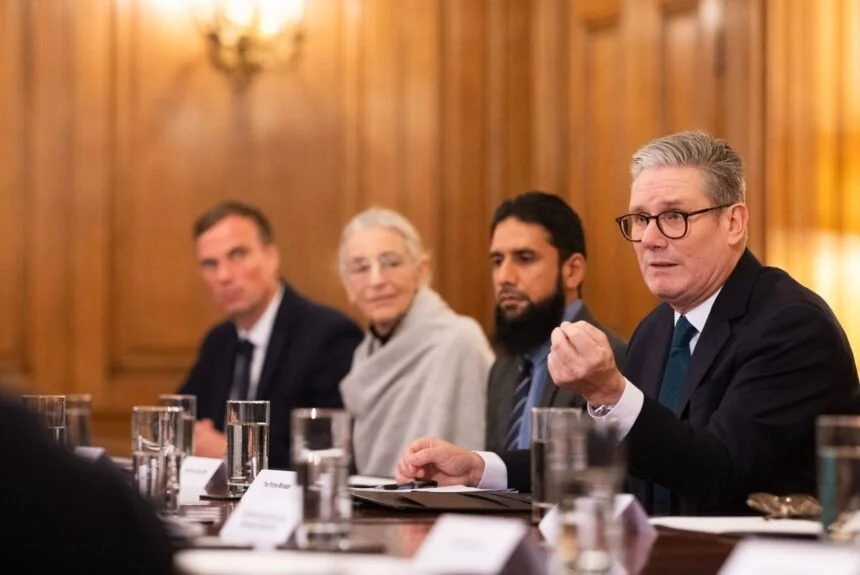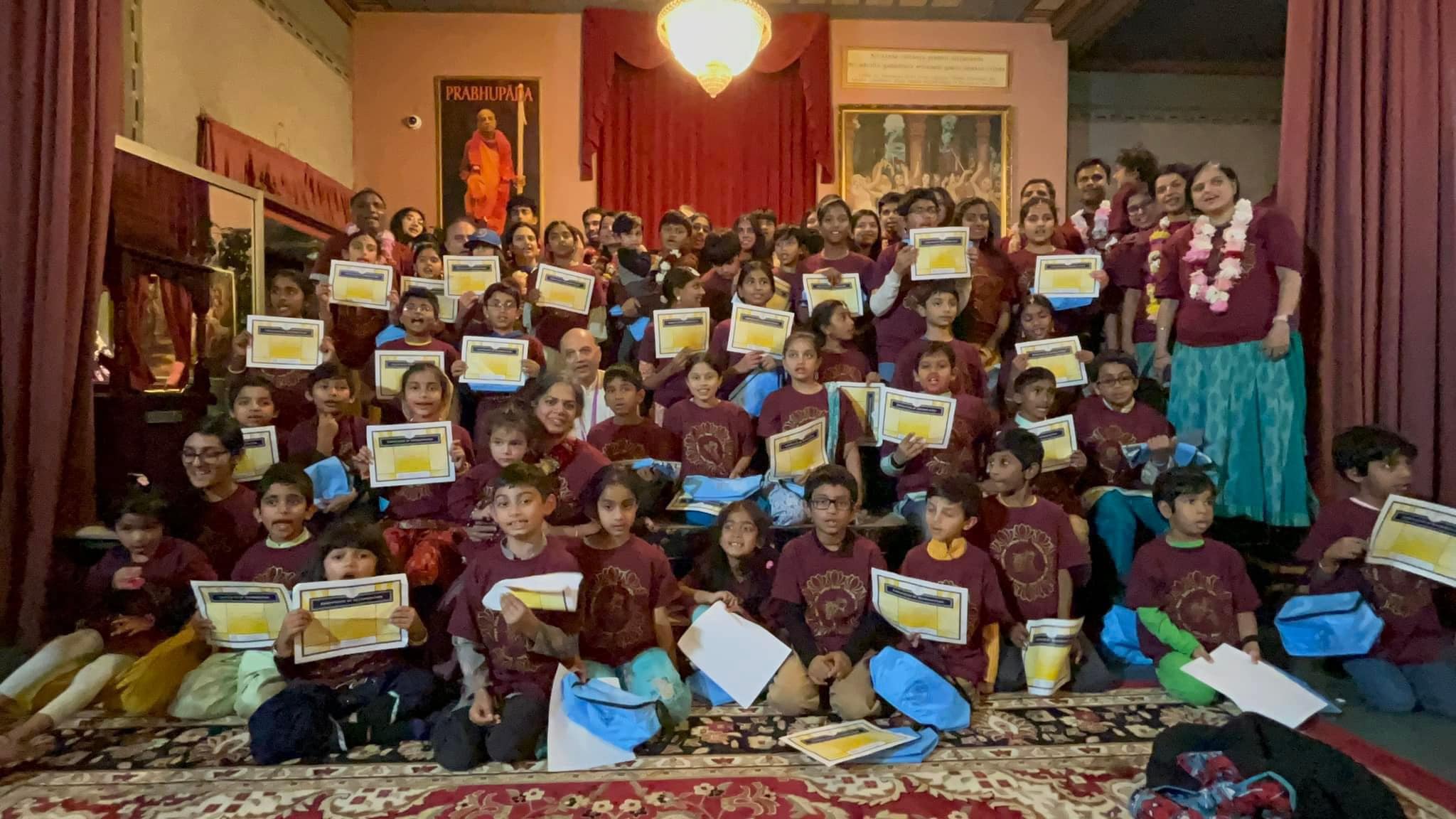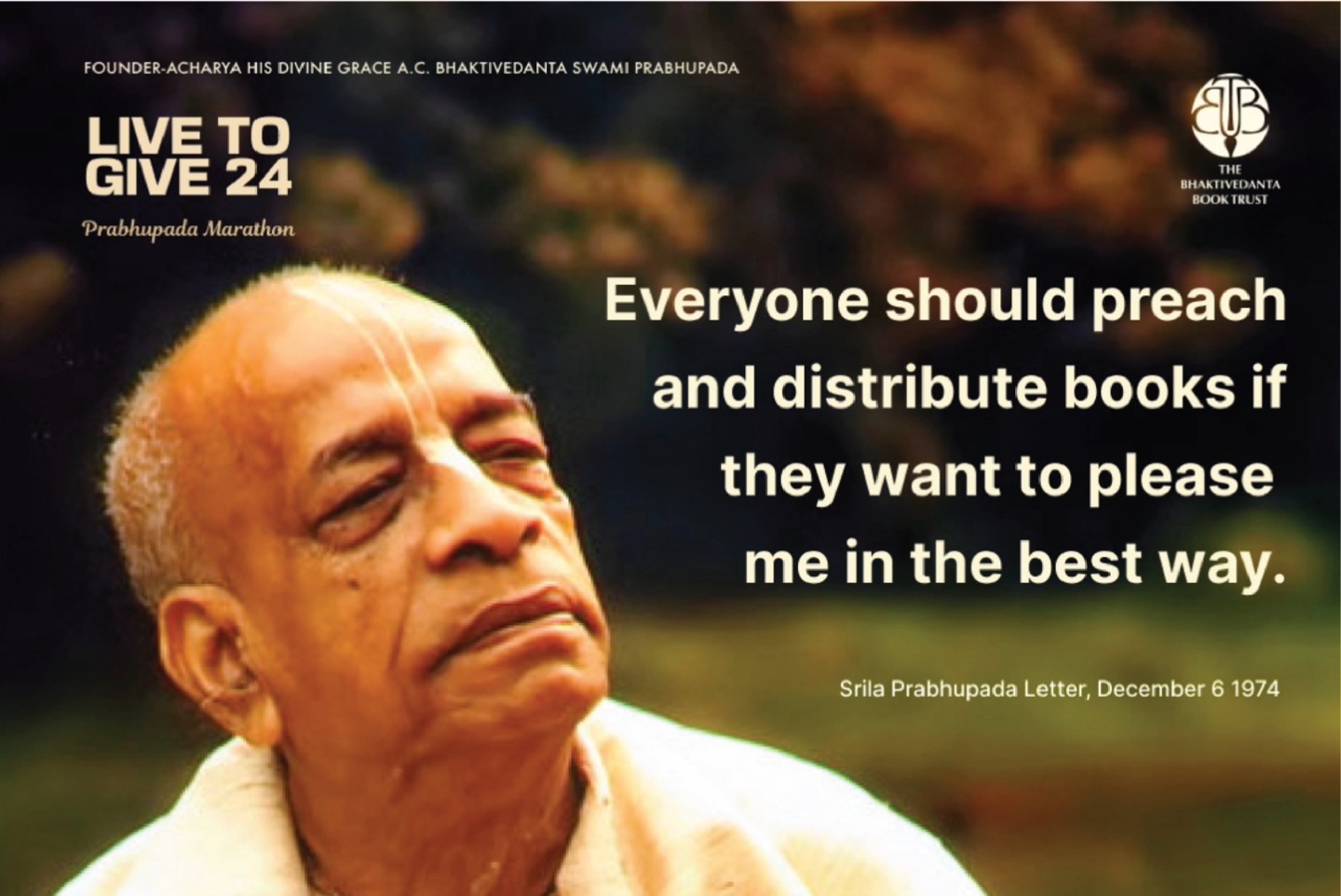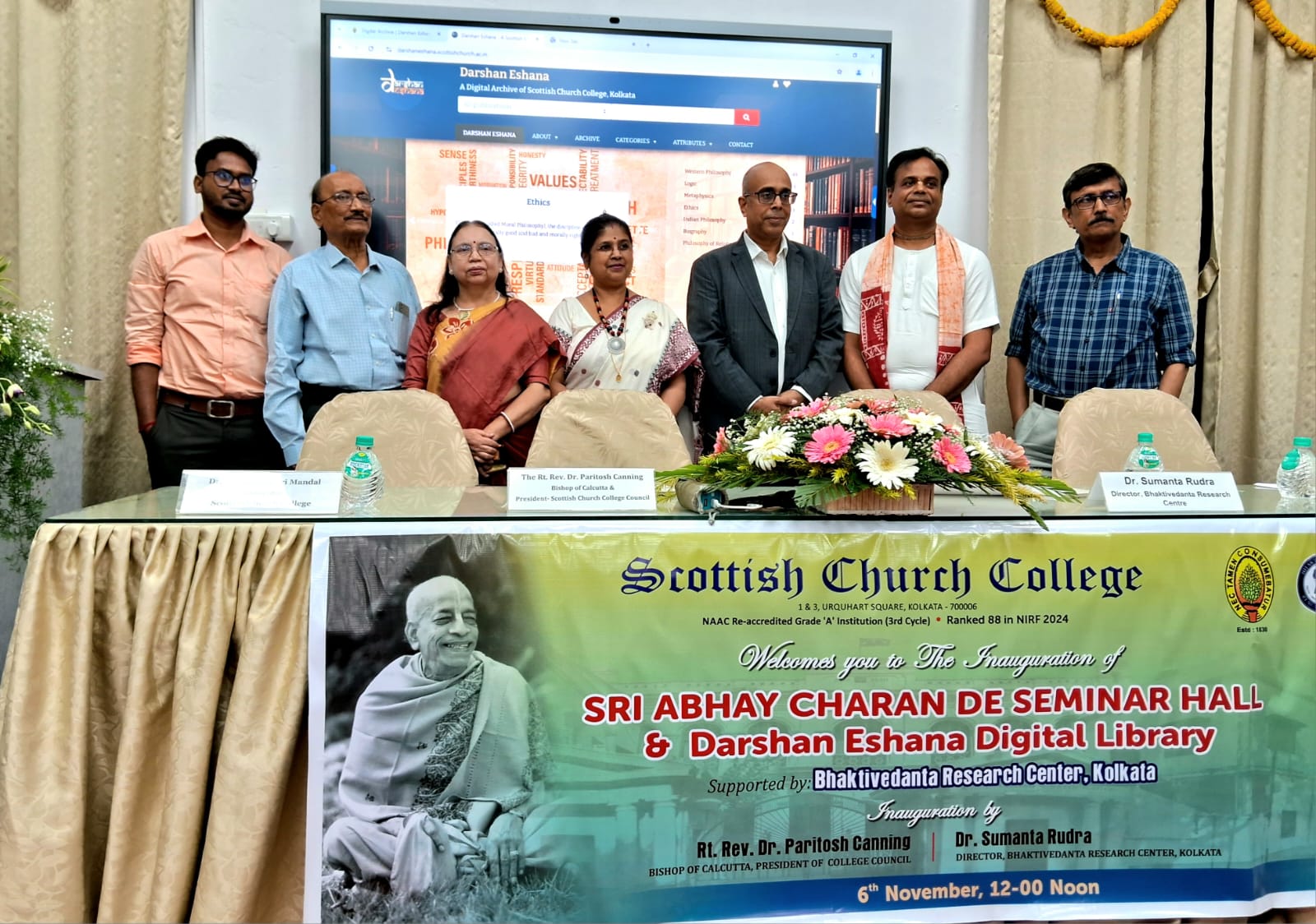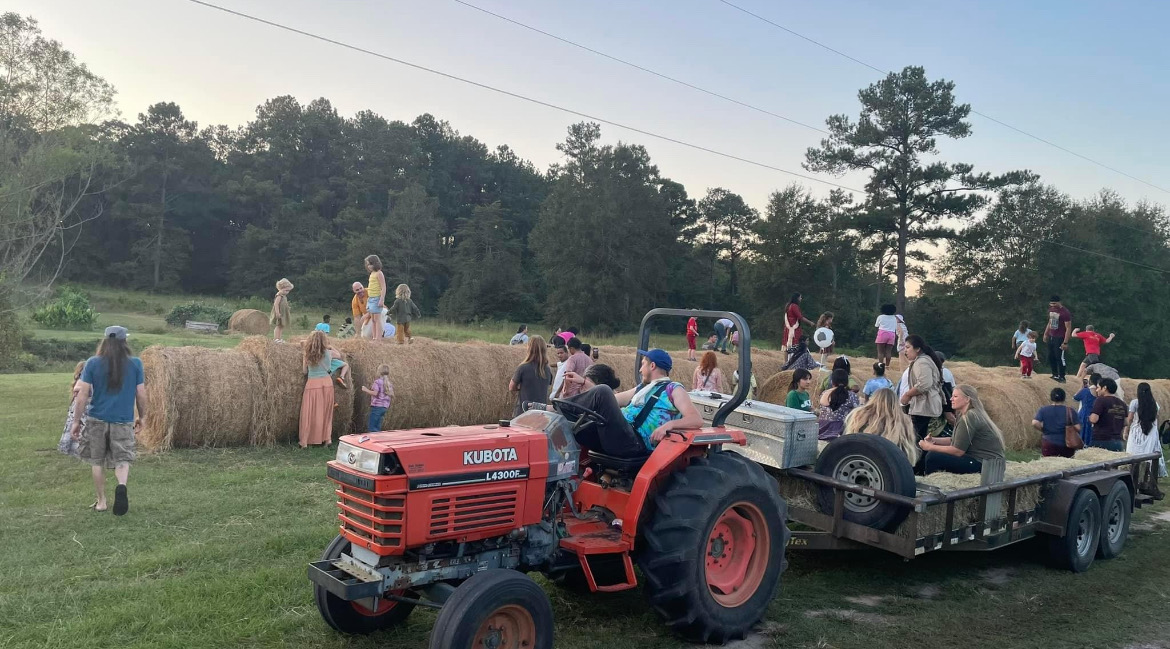ISKCON 50 Meditations: February 12, 2016
By Satsvarupa dasa Goswami | Feb 12, 2016

Prabhupada’s Manifestation of Steady Bhava
The Vaisnava acaryas have minutely delineated all the various manifestations of ecstasy. In this regard, there are eight kinds of bodily symptoms which occur when a devotee feels love of Krishna, and Prabhupada mentioned them in one of his early essays:
In the beginning, there may not be the presence of all transcendental ecstasies, which are eight in number. These are: 1. being stopped as though dumb; 2. perspiration; 3. standing up of hairs on the body; 4. dislocation of voice; 5. trembling; 6. fading of the body; 7. crying in ecstasy; and 8. trance.
Bhaktisiddhanta Sarasvati comments that even if a pure devotee does not manifest these eight symptoms of ecstasy, he may still be fully qualified to chant the holy names. Sometimes pure devotees restrain their ecstatic symptoms because people who do not understand them may become afraid or blasphemous. Also, sometimes people who recognize these symptoms, but who have not attained bhava themselves, will imitate them in order to get a reputation as an ecstatic devotee. Bhaktisiddhanta Sarasvati concludes that it is more important to demonstrate detachment. Furthermore, the steady symptoms of bhava as described in Bhakti-rasamrta-sindhu (Nectar of Devotion), are important criteria for knowing if one is advancing in spiritual life.
Srila Prabhupada fully displayed these steady symptoms of bhava at all times, although he occasionally manifested the different bodily manifestations of the eight symptoms.
One symptom of steady bhava is proper utilization of time. Srila Prabhupada followed a daily schedule of his own making. He was always on time, although he was not fanatical about it. He was always using his time to serve Krishna no matter what he was doing. To this end, Prabhupada felt that his schedule enhanced his own meditation and practice.
Pure devotees of Krishna meditate on Krishna’s schedule. Krishna performs various pastimes with His eternal associates according to the time of day. Krishna’s day is divided into eight main periods, and within these eight periods there are more minute divisions. Pure devotees fill their minds with remembrance of Radha-Krishna by meditating in this way.
Similarly, Srila Prabhupada’s daily schedule is well known to his devotees. We can meditate on Prabhupada at different times of the day. For example, Prabhupada rose around 1 A.M. to write. He took prasadam at specific times, chanted his gayatri mantra at specific times, and had scheduled meeting times for guests. He took a noon bath and a little nap afterwards, and he was usually prepared to lecture in the evening. As we go through our own day’s activities, we can meditate on Prabhupada’s schedule and even try to do some of the things he did at the times he did them. That will fill our minds with remembrance of Prabhupada.
Prabhupada also manifested the other symptoms of steady bhava, including always expecting the Lord’s mercy, pridelessness, attraction for living in a holy place, and attraction for chanting the holy names. Prabhupada manifested all these symptoms with full Krishna conscious emotion and with the strong awareness of a preacher. He was a pure devotee. Prabhupada wanted his followers to also become pure devotees. Therefore, we can please Prabhupada not only by meditating on him throughout the day as he performs his bhajana, but by performing it ourselves. This is the perfection of Prabhupada meditation.






